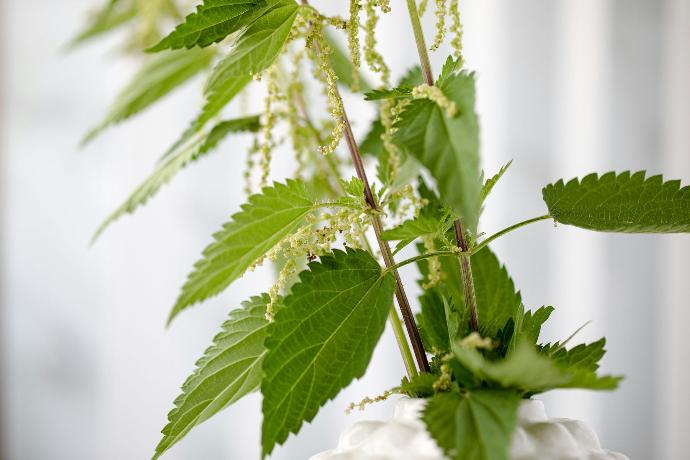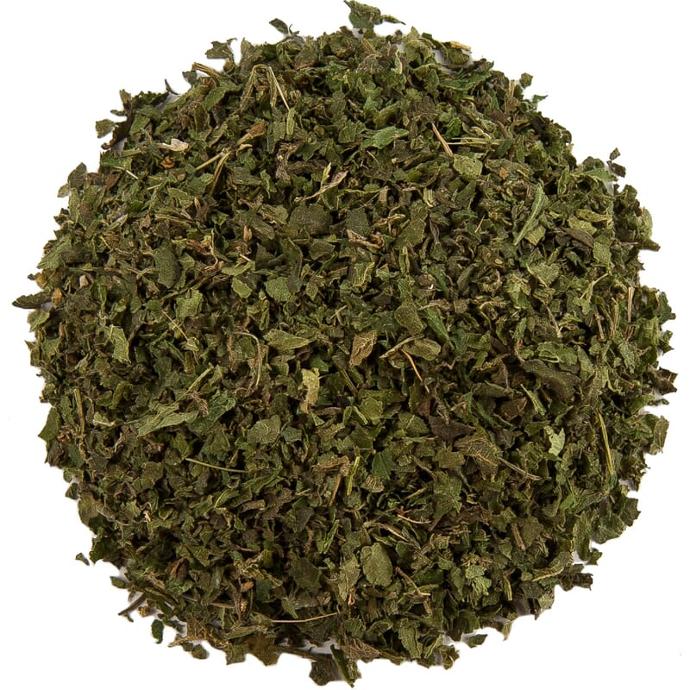Chers Santies,
Did you know that thenettle is actually a plant worth its weight in gold , and that it's wrongly considered an invasive weed?
In this article, and the one to be published next week, discover all the secrets about this plant: what it is, its place in cultures and traditions, its benefits and how to enjoy them, and how to pick nettles without stinging yourself.
What do we know about nettles?
This plant has been used traditionally for thousands of years to support kidney functions, maintain healthy skin, promote joint health and even as a "tonic". tonicbecause of its high vitamin and mineral content. Stinging nettle is a highly versatile plant that is sometimes difficult to categorize.
Stinging nettle and stinging nettle
The great nettle (urtica dioica), or theburning nettle (or stinging nettle - urtica urens), are two plants with almost similar properties, but which are botanically very different.
They belong to the Urticaceae family, and their stinging properties have given them their scientific name. Indeed, urtica comes from the Latin urere, meaning "to burn ", in allusion to the stiff stinging hairs (called darts) that secrete a highly irritating liquid and are found on plants of this genus.
The botanical distinction between urtica dioica and urtica urens can be determined by a few simple characteristics.
- The stinging nettle is the most common, and we've probably all been touched by it at least once! It's a dioecious herbaceous plant ranging in height from 30 cm to 1m20. It has stinging hairs and small, flexible hairs on its stem, as well as leaves. They are dark green and covered with bristly stinging hairs.
- Stinging nett le is an annual monoecious plant, rarely exceeding 60 cm in height. This type of nettle has only stinging hairs, and its burn is more virulent. As for its light-green leaves, they are briefly petiolate and as long as they are wide.
Les stinging nettle leaves contain numerous flavonoids and tannins, phenolic compounds, as well as a large number of vitamins (C, D, E, K and B vitamins) and minerals (iron in large quantities, silica, phosphorus, calcium, potassium, etc.).
It should also be noted that large and small nettles have a balanced amino acid composition, which explains why they also contain excellent quality proteins.
In fact, nettles contain all 20 amino acids!
Its protein content represents more than 40% of the dry mass of the leaf, i.e. more than the soya.
Let's talk about the roots. The roots contain mainly lectins, polysaccharides, sterols and lignans. Their fine, hard hairs contain all kinds of active principles responsible for aggression: formic and acetic acids, histamine, serotonin, acetylcholine and even leukotrienes.
L'nettle and its use across cultures and traditions
In many cultures, thenettle has been considered a "magic plant " since ancient times. Its " spines " are the reason why the nettle is known as " a symbolic protective plant ".
By the way, do you know " nine-herb soup " ? This soup was made from wild spring herbs such as wild garlic, nettle, dandelion, etc., and dates back to the Middle Ages. It was traditionally eaten on Maundy Thursday.
What are the benefits of nettles and how can you enjoy them? How to pick them without stinging yourself, and how to use them in cooking ?
All these answers will be coming soon in our next article !





